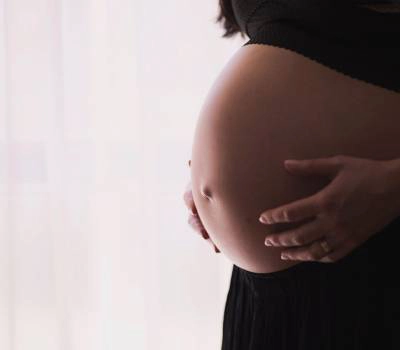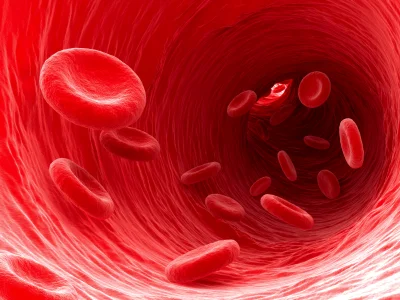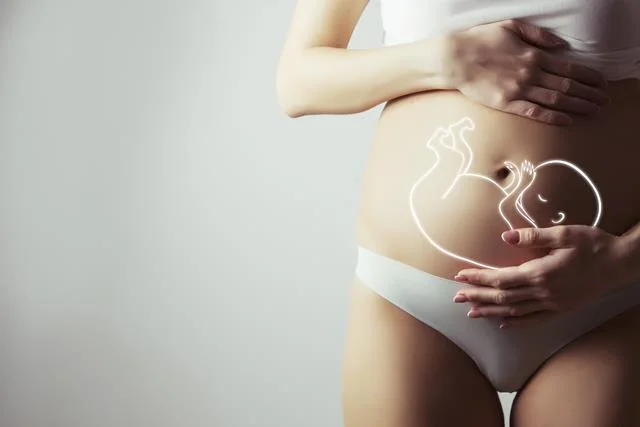Recently, the number of C-sections performed has increased significantly. This in turn contributes to the development of pregnancies that do not progress normally in the C-section scar. Is it possible to carry a scar pregnancy to term? What are the complications?
Scar pregnancy – what it is
A scar pregnancy is considered the rarest form of ectopic pregnancy. A pregnancy in the scar after a C-section is the result of a previously performed C-section. It can also, more rarely, be a pregnancy in the scar following surgery on the woman’s uterus. This is the result of abnormal implantation in the myometrium. This may be related to abnormal vascularisation in the scar and hypoxia, among other things. Some researchers believe that pregnancy develops in the scar due to a loss of wall thickness called the niche. It is known that scar pregnancy is more common in patients after curettage of the uterine cavity, after IVF treatment, after ectopic pregnancy or with a history of placental pathology.
Scar pregnancy – symptoms
A scar pregnancy can have the same symptoms as a normal pregnancy, but can also be asymptomatic. However, sometimes there is bleeding from the genital area or abdominal pain. In some women, the first symptom of an incisional pregnancy is hypovolaemic shock, i.e. increased heart rate (tachycardia), pale skin and severe pain.
Scar pregnancy – treatment
The diagnosis of a scar pregnancy should be made by an experienced gynaecologist with ultrasound examination. Sometimes, especially in advanced pregnancy, an MRI scan is required. In most cases, due to the risk of serious consequences of maintaining such a pregnancy, it is necessary to terminate it. Treatment may be pharmacological or surgical. Methotrexate and potassium chloride are used for this purpose. Scar pregnancies can also be terminated by laparotomy. In most cases, surgery or pharmacotherapy should be performed in the early stages of pregnancy. In this way, it is possible to preserve the uterus and develop another pregnancy that has already been correctly localised and gives birth to a full-term child. The older the pregnancy, the greater the risk of ingrowth into the bladder or surrounding tissue. In a delivery by C-section, it is not uncommon for the doctors to have to remove the entire uterus while at the same time compensating for the patient’s significant blood loss.
Scar pregnancy – complications
A scar pregnancy after a C-section can lead to serious complications. These include the development of an abnormally positioned placenta (e.g. placenta previa), miscarriage and, in the later weeks, the risk of bleeding and loss of the uterus. A scar pregnancy is considered a life-threatening pregnancy for the woman. This is because in addition to bleeding, the uterus can rupture.










